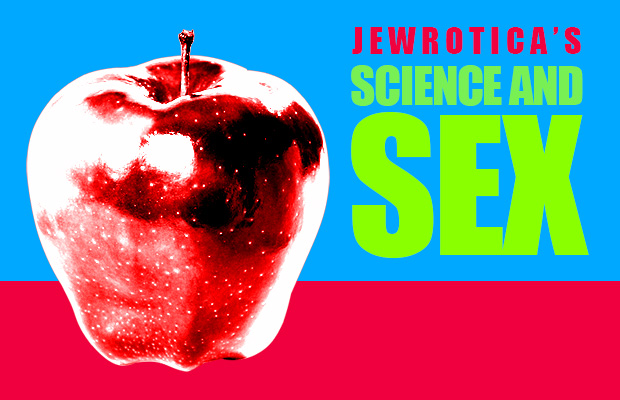All About Almonds

Written by Joseph Dunsay. After earning a Masters of Science in Ecology and Evolution, Joseph Dunsay became a science writer for international audiences. Find more Jewrotica writing by Joseph here.

Jews recently celebrated Tu B’Shvat, the birthday of the trees, by thinking about the environment and eating produce tied to the land of Israel. It is traditional to eat the crops of Israel (barley, dates, figs, grapes, pomegranates, olives, and wheat) on Tu B’Shvat. Rabbis chose this date, because it is the time when sap in the trees starts to flow as the Israeli spring begins. Almond trees are well adapted to the seasons of Israel. Almond blossoms herald the end of winter there, and the almond tree begins to bud around Tu B’Shvat.
Who can see delicate almond blossoms without thinking of sex? Almond reproduction involves some assistance from animals. Insects, such as honey-bees, collect pollen from one hermaphroditic almond flower and deposit it on another hermaphroditic almond flower. Like all flowering plants, almonds have a lifecycle that alternates between being haploid and diploid. The visible tree is in the diploid generation, meaning it has two copies of each chromosome. It gives rise to a haploid generation that produces haploid sperm and eggs without ever growing large enough for the casual observer to notice. Fertilization creates a new diploid generation.
Where there is sexual reproduction, there is evolution. Sexual reproduction facilitates evolution by creating variation within a gene pool. The fittest members of the gene pool produce the most offspring, thereby contributing the most genes to the gene pool of the next generation. It is important to remember that “fit” does not mean “good”. The fittest individuals produce more offspring, because they match their environment better than other individuals do. Evolution alters a species to make it a better fit for it’s environment.
Although biologists cannot say for certain how domesticated almond trees emerged, they do know that it was a crop in south west Asia in ancient times. Relatives of the almond can be found from southern Europe to Armenia and western Azerbaijan. The Mediterranean biome that the almond thrives in has cool wet winters and hot dry summers. Plants near the Mediterranean Sea evolved adaptations that make them grow well in this environment.
The climate in one part of the USA resembles Israel’s. Almonds grow well in the hot and dry interior valleys of California. The hot, dry weather inhibits fungal pathogens. Deep almond tree roots can draw water from sandy and sandy loam soils that are unable to support other types of plants. Almonds live at ease in the types of well drained soils found in Israel and California. They fit the earth and sky of these lands.
Because evolution ties each plant species to a certain type of environment, diaspora Jews can maintain ties to Israel by connecting with the crops of Israel. Buying produce imported from Israel or a region similar to Israel economically binds diaspora Jews to a specific environment. Farming these crops ties Jews to this environment even more firmly. Diaspora Jews may not be ready to live in Israel, but they can take a step closer to that goal by living where the crops of Israel are able to grow. Walking over soil, breathing air, and viewing skies that reflect the Israeli experience can accustom a Jew to that experience so that his homeland does not seem strange.












0 comments